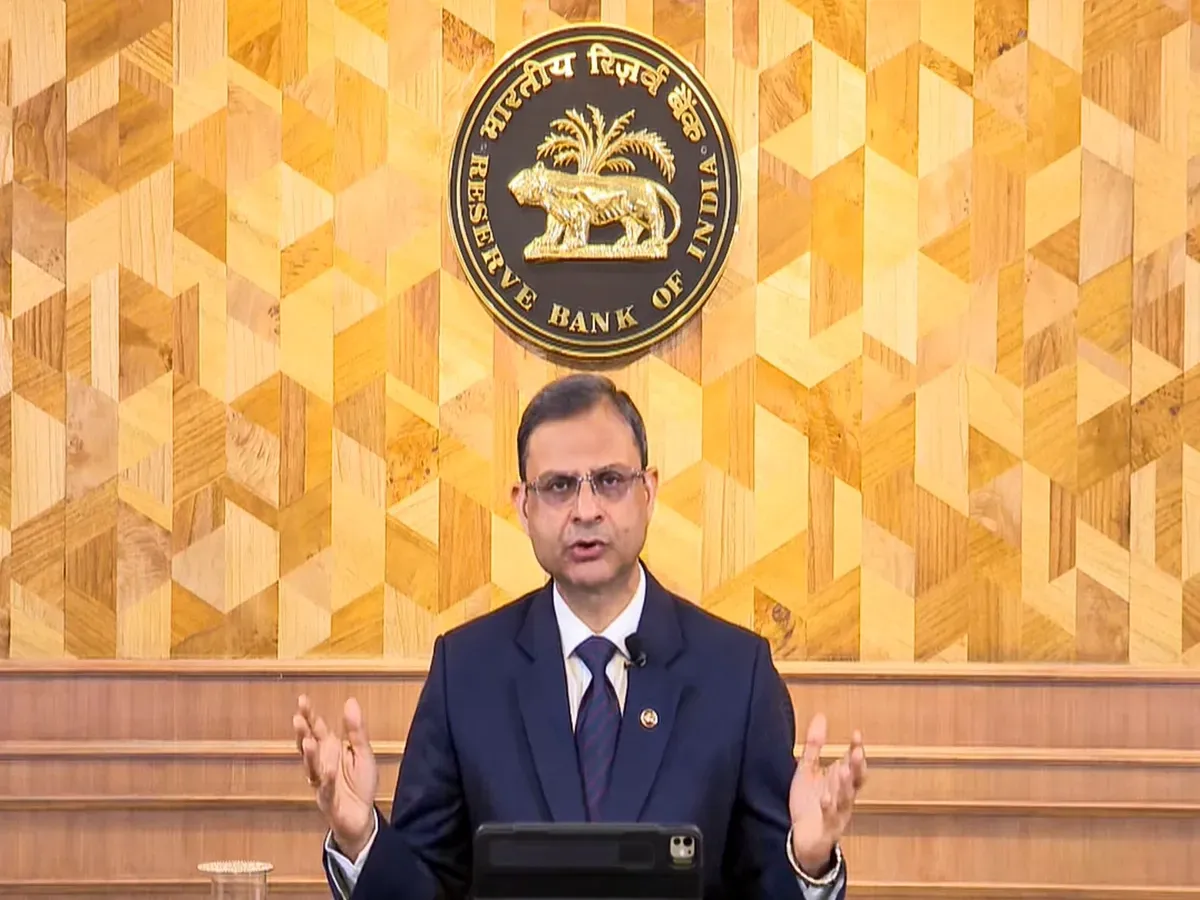Market News
RBI's MPC holds repo rate steady at 5.50% after three consecutive rate cuts
.jpeg)
3 min read | Updated on August 06, 2025, 11:09 IST
SUMMARY
The MPC voted unanimously to hold rates steady and maintained the policy stance at neutral amid evolving economic conditions. The neutral stance means that the RBI can either increase or decrease interest rates, depending on data related to inflation and economic growth.

Reserve Bank of India (RBI) Governor Sanjay Malhotra. | Image: Shutterstock
The Reserve Bank of India's (RBI) Monetary Policy Committee (MPC), headed by Governor Sanjay Malhotra, maintained the status quo on the repo rate at 5.50% on Wednesday, August 6, after three consecutive reductions totalling 100 basis points. The six-member panel, headed by Malhotra, started the three-day deliberation on the monetary policy on Monday.
The MPC voted unanimously to hold rates steady and maintained the policy stance at neutral amid evolving economic conditions. The neutral stance means that the RBI can either increase or decrease interest rates, depending on data related to inflation and economic growth.
The central bank has been tasked by the government to ensure that consumer price index (CPI)-based retail inflation remains at 4% with a margin of 2% on either side.
Meanwhile, RBI has sharply lowered its inflation projection for the current financial year to 3.1% from its earlier estimate of 3.7% at the end of the June bi-monthly policy meet.
"CPI headline inflation declined for the eighth consecutive month to a 77-month low of 2.1 per cent (y-o-y) in June 2025. This was driven primarily by a sharp decline in food inflation led by improved agricultural activity and various supply-side measures," MPC noted.
The economic growth projection for the current financial year has been retained at 6.50% with first-quarter gross domestic product (GDP) growth of 6.5%, 6.7% in the second quarter, 6.6% at the end of the third quarter and 6.3% at the end of the fourth quarter.
"Domestic growth remains resilient and is broadly evolving along the lines of our assessment. Private consumption, aided by rural demand, and fixed investment, supported by buoyant government capex, continue to boost economic activity. On the supply side, a steady southwest monsoon is supporting kharif sowing, replenishing reservoir levels and boosting agricultural activity. Moreover, the services sector and construction activity remain robust. However, growth in the industrial sector remained subdued and uneven across segments, pulled down by electricity and mining," MPC said in a statement.
GDP for the next financial year has been pegged at 6.6%.
The above-normal southwest monsoon, lower inflation, rising capacity utilisation and congenial financial conditions continue to support domestic economic activity. The supportive monetary, regulatory and fiscal policies, including robust government capital expenditure, should also boost demand, RBI's MPC noted.
The MPC, however, cautioned that prospects of external demand could remain uncertain amid ongoing tariff announcements and trade negotiations.
"The headwinds emanating from prolonged geopolitical tensions, persisting global uncertainties, and volatility in global financial markets pose risks to the growth outlook," MPC added.
The MPC consists of three RBI officials – Sanjay Malhotra (Governor), Poonam Gupta (Deputy Governor), and Rajiv Ranjan (Executive Director) – and three external members: Nagesh Kumar (Director and Chief Executive, Institute for Studies in Industrial Development, New Delhi), Saugata Bhattacharya (Economist), and Ram Singh (Director, Delhi School of Economics).
About The Author
Next Story


